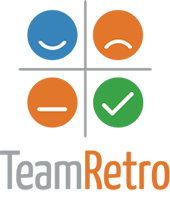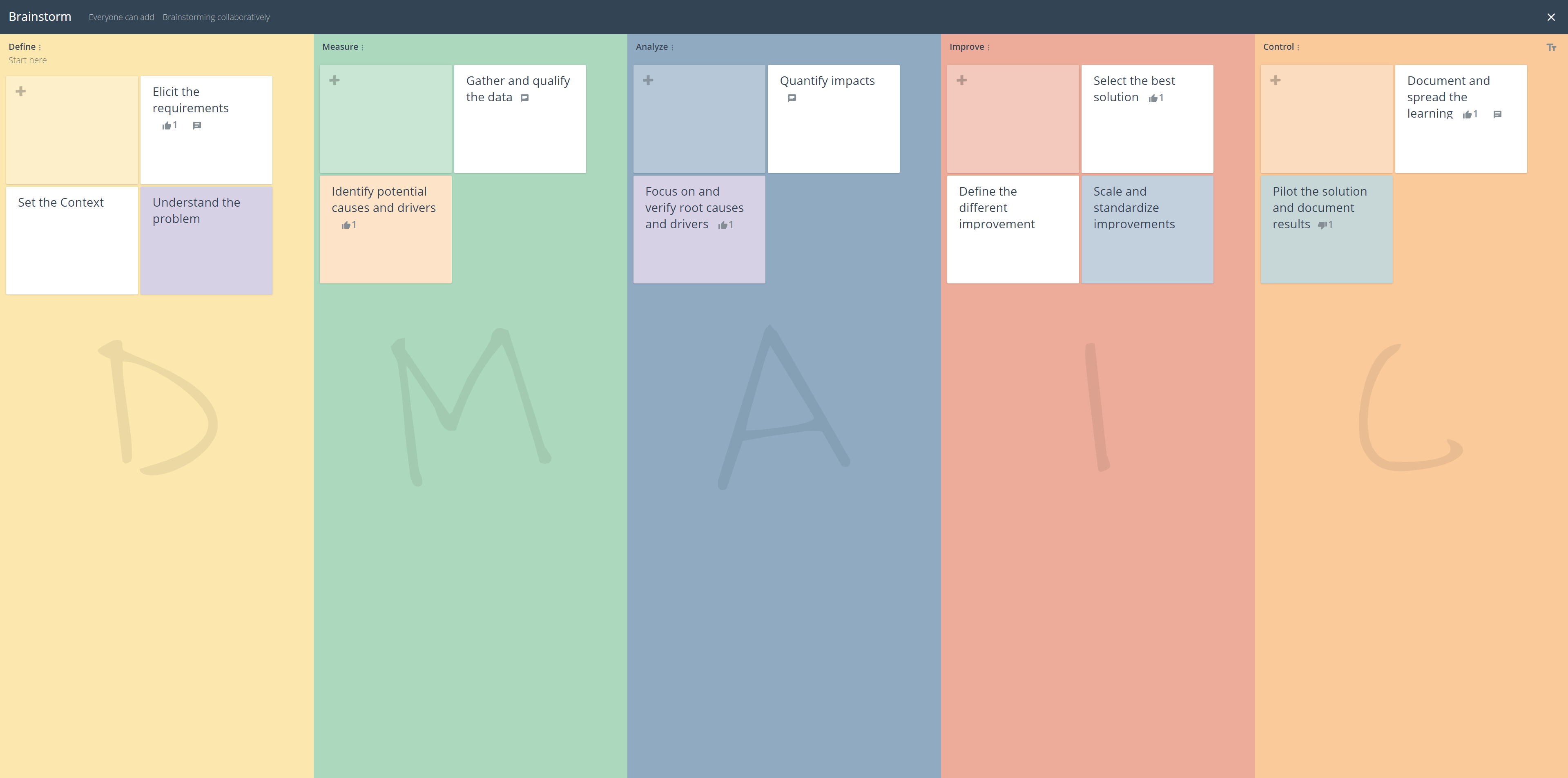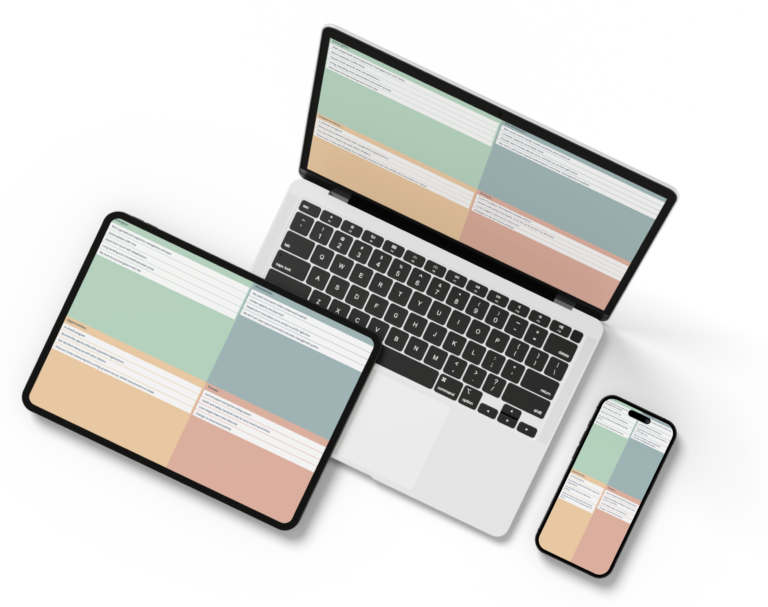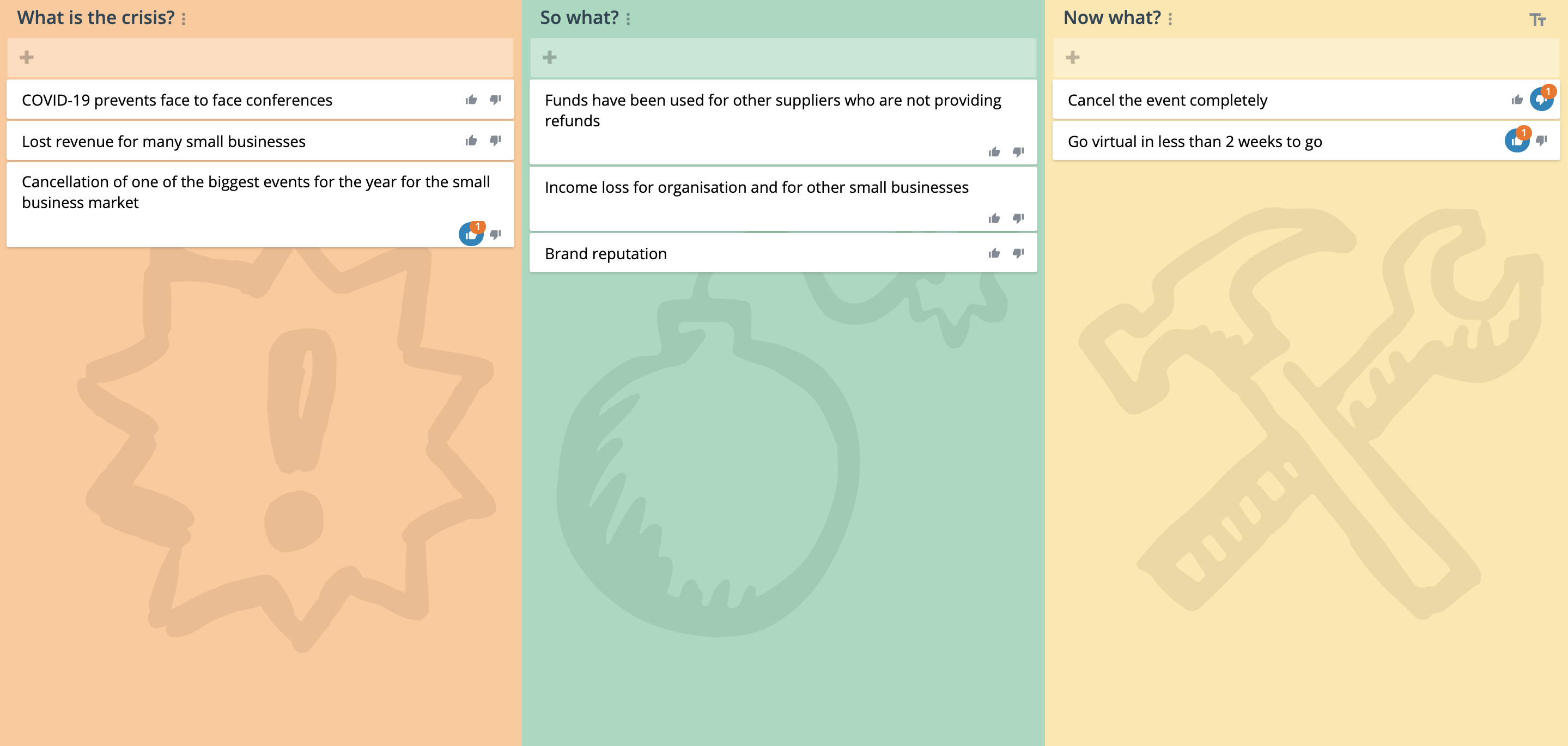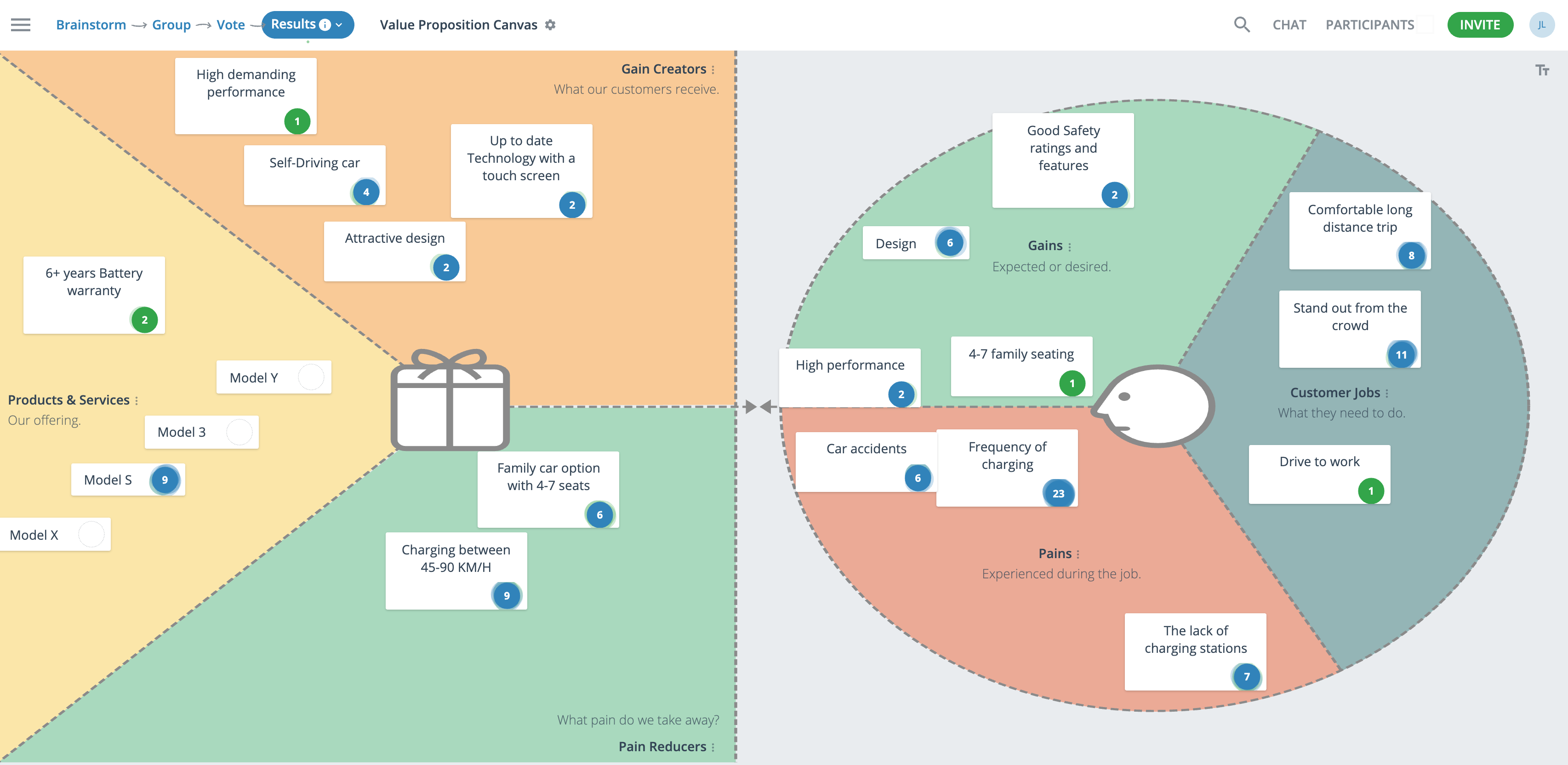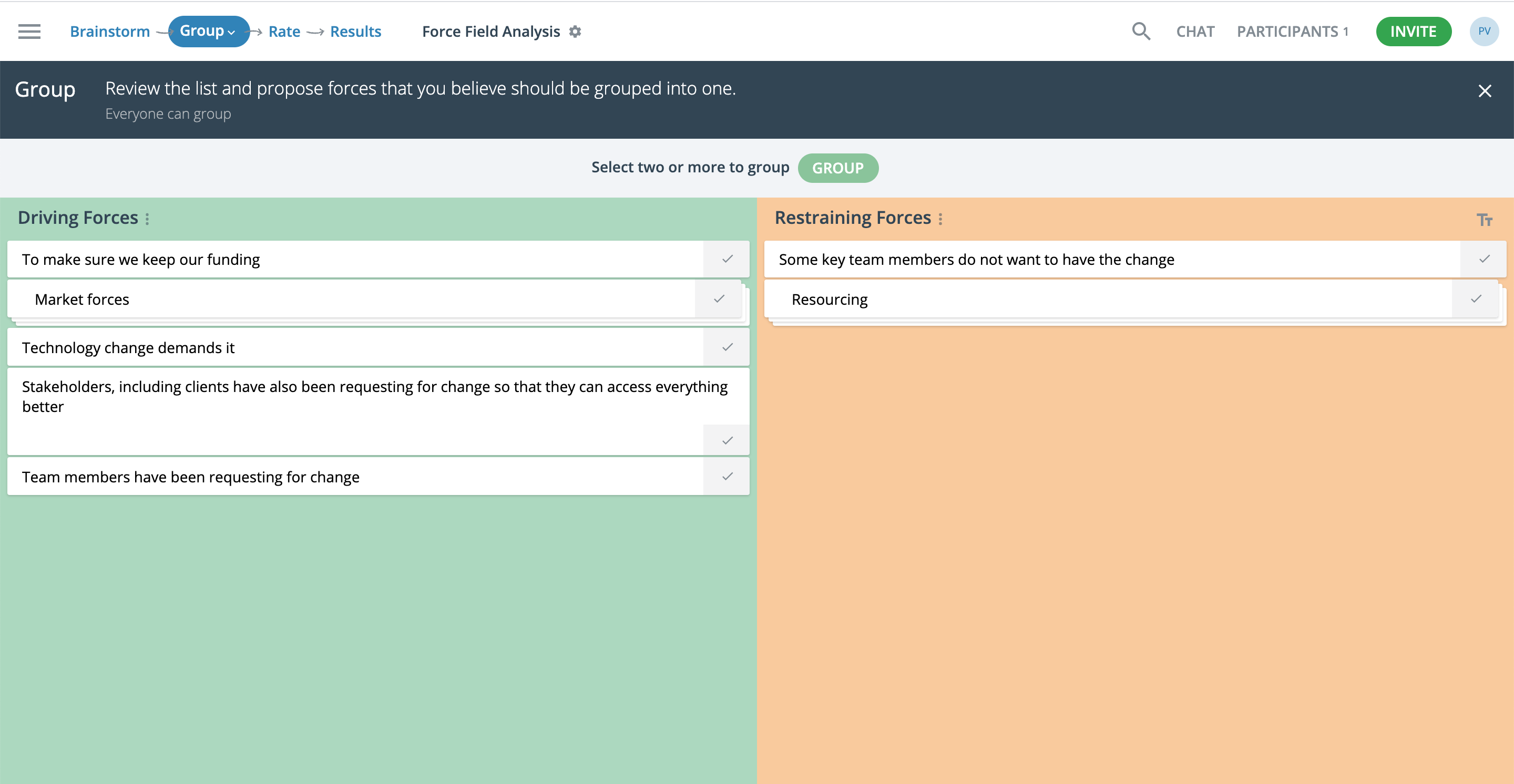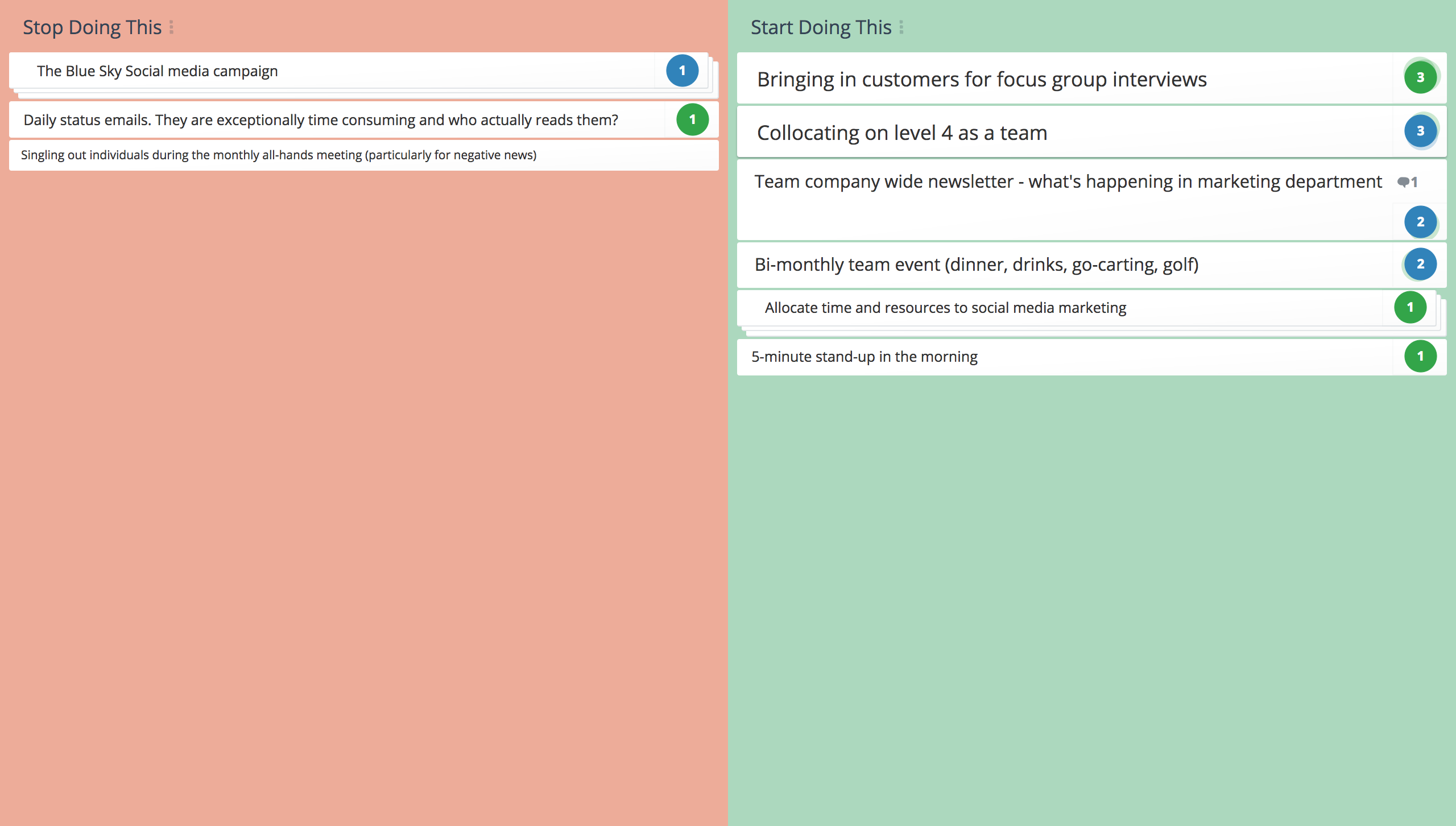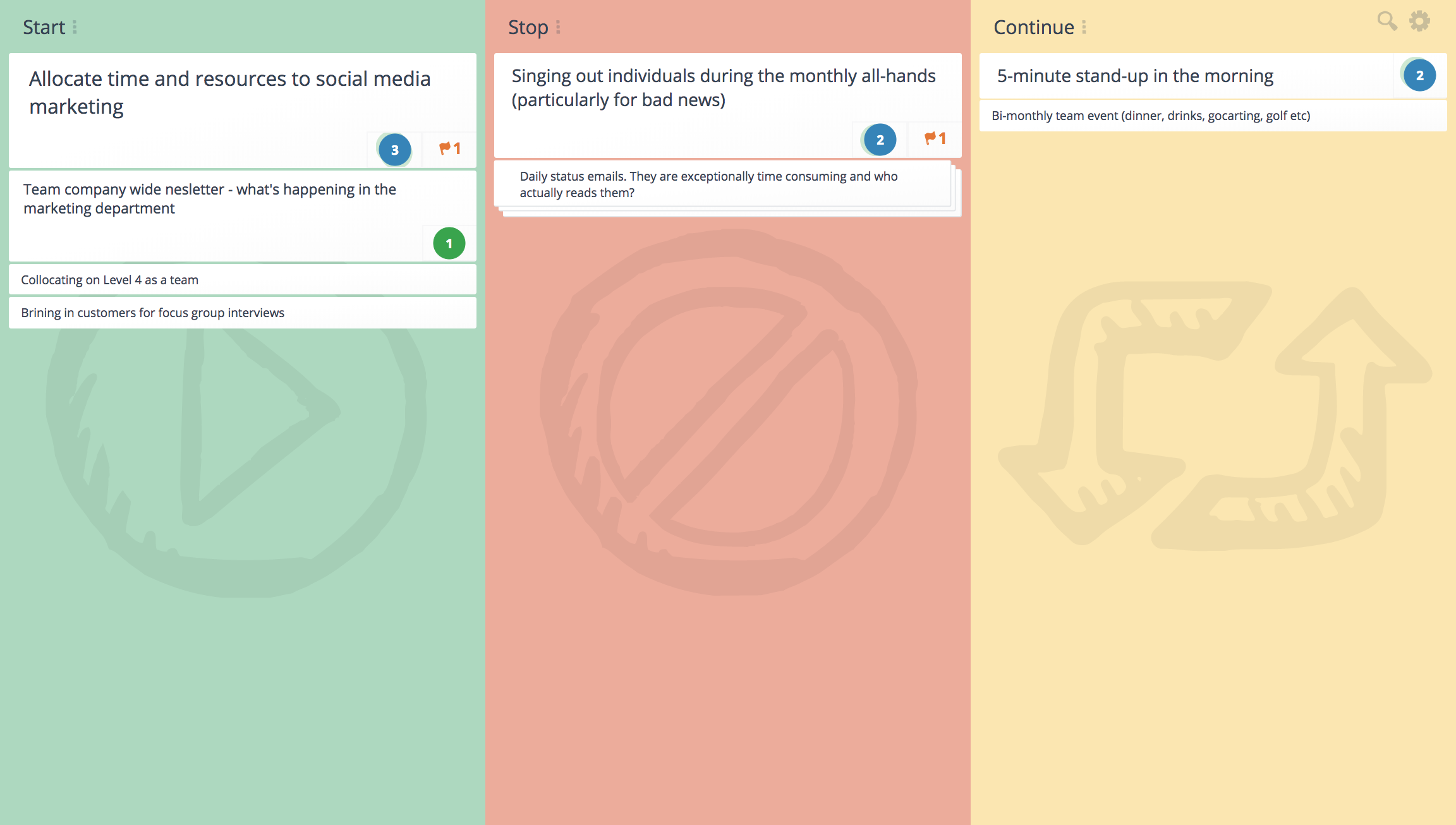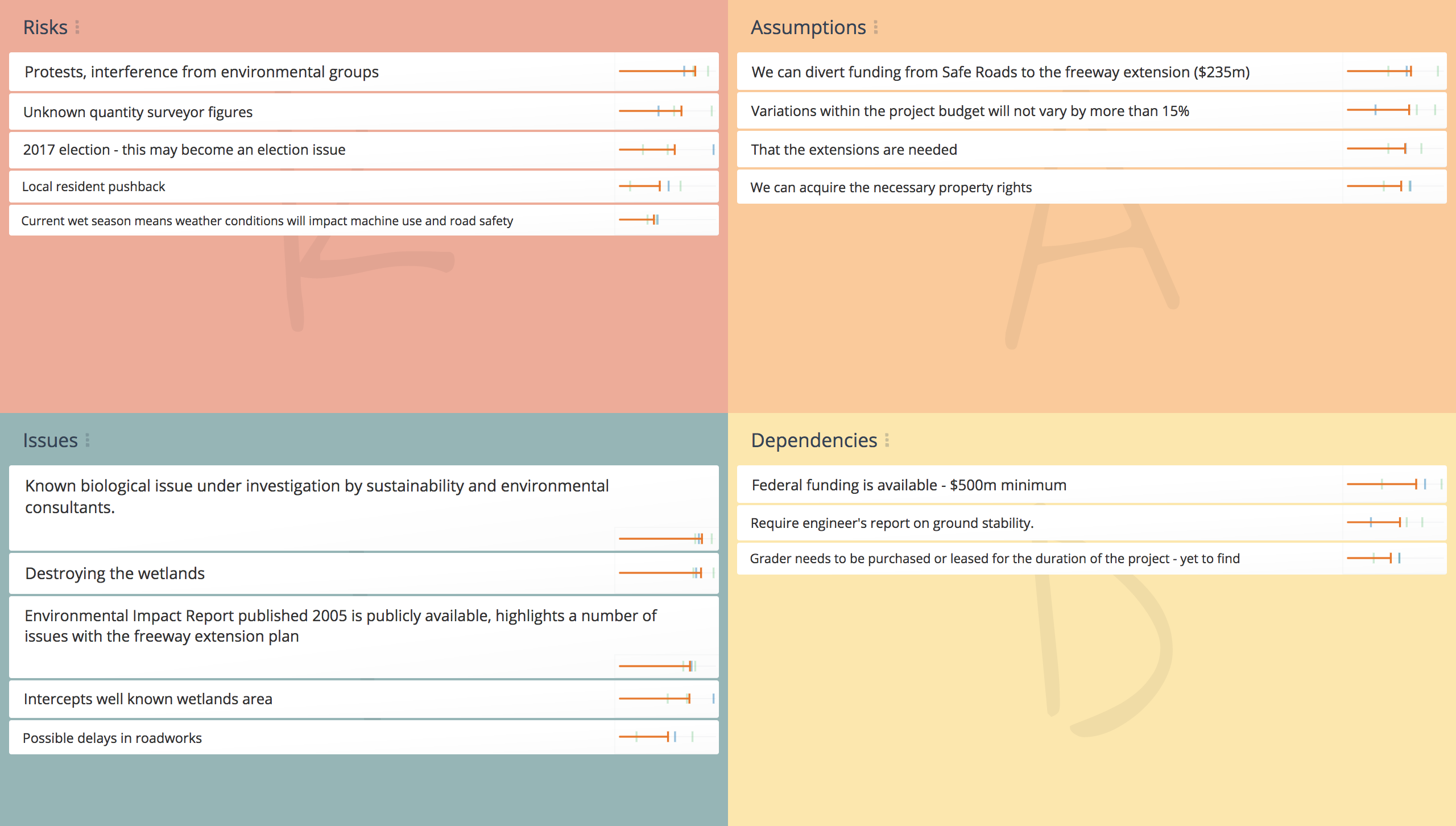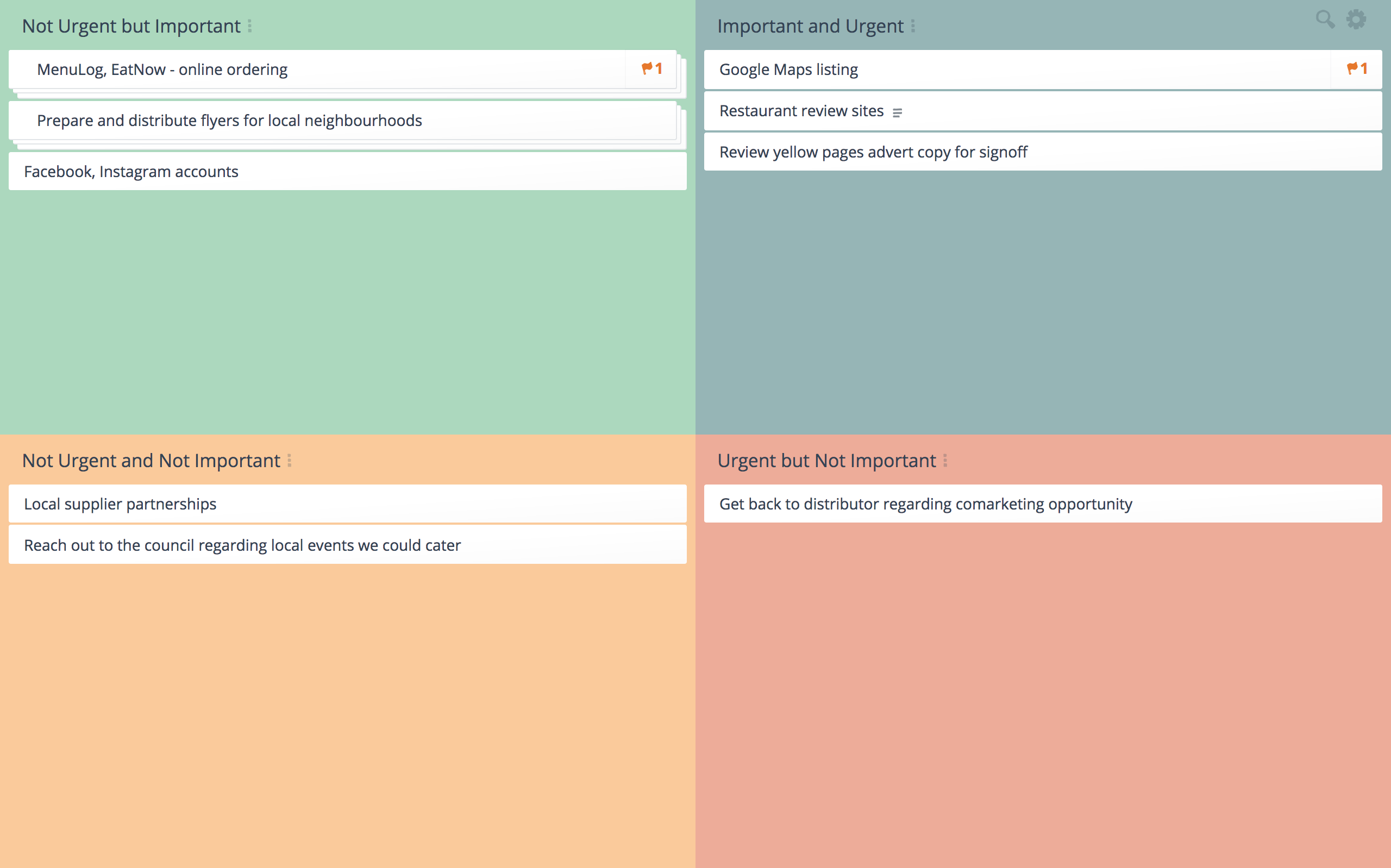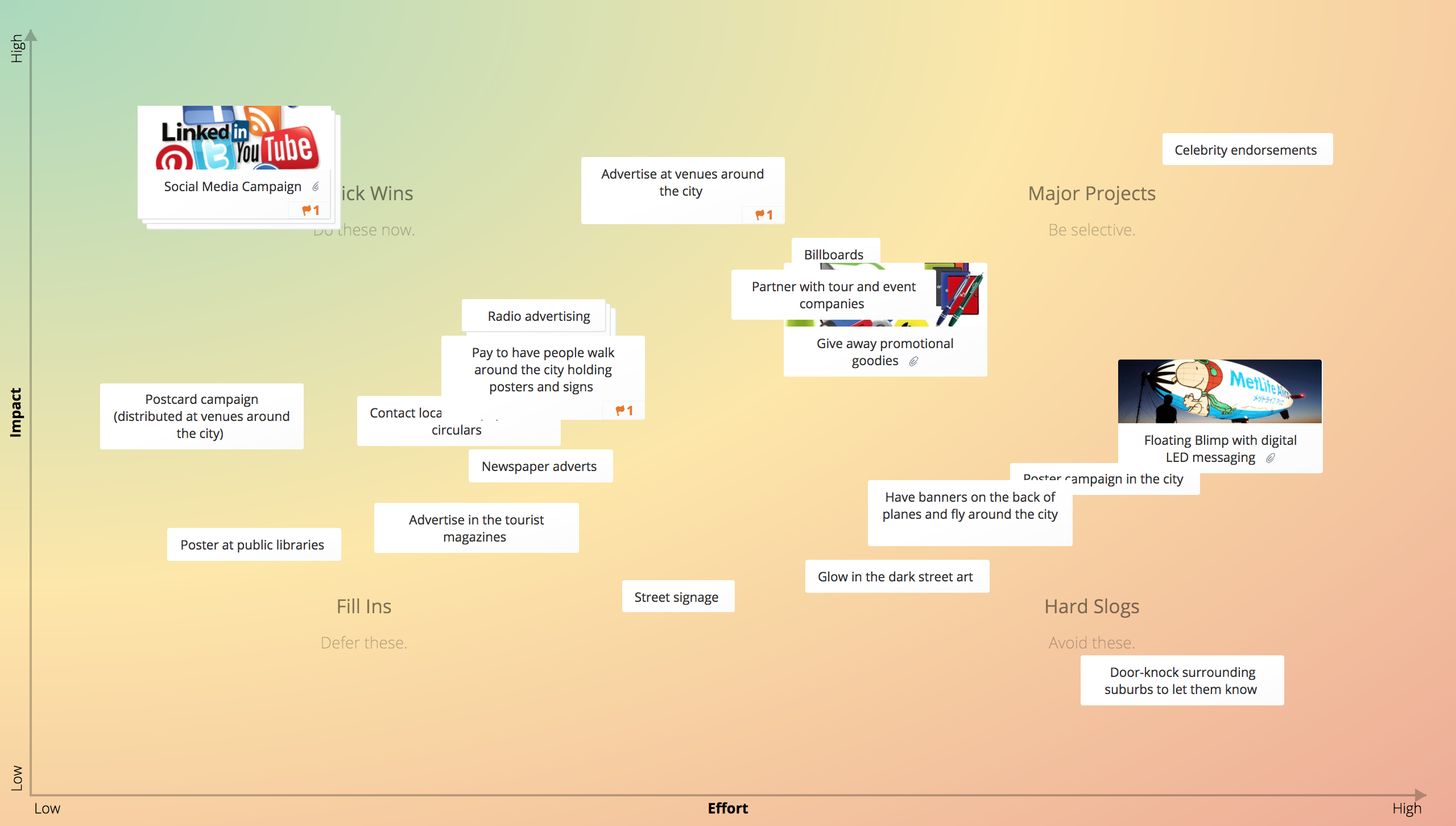What are SMART Goals?
SMART goals are:
- Specific
- Measurable
- Achievable
- Relevant
- Time-bound
Goal setting is well known to help teams deliver value. Goals help to equitably allocate tasks, track progress, manage time and focus effort. Defining meaningful goals, however, can sometimes be tricky.
Enter George Doran, the person credited with developing the SMART approach to goal setting. In his paper, “There’s a SMART Way to Write Management’s Goals and Objectives”, Doran presented an approach to help demystify the goal setting process and “write meaningful objectives”, and with it, SMART goals were born! SMART goals are a justifiably popular mechanism. They are an exceptional tool to help your team capture and articulate their vision and agree to the measurements of success.
Related Templates
- Simple Brainstorm
- The Improvement Canvas
- SWOT Analysis
Meeting Tips for Effective SMART Goals
- Bigger goals can be divided into smaller steps to ensure they remain realistic
- Goals should complement your company’s goals, mission, and vision.
- Consider how day-to-day tasks will be delivered in parallel with the goal.
- To get the most out of the SMART Goals template, first utilise a simple brainstorm to capture all the goals your team may wish to deliver, then review it to identify the goal you wish to expand into a SMART Goal.
References
Why Use SMART Goals?
When it comes to goal setting, a SMART framework will help your team cut to the chase! It will support and focus your team as they shape clear goals that are realistic, actionable and effective. Not only will a SMART framework help your team define their goals efficiently, it will capture those goals so they can be clearly, concisely, and easily shared with new team members and other stakeholders.
A SMART framework helps to confirm your goals – are worth delivering, can be tracked to demonstrate change, are correctly resourced, and are appropriately aligned.
A goal like Improving fitness is too general. A SMART goal would be to be able to run 10KMs in under an hour by July is far more meaningful and focussed.
When Should I Shape a SMART Goal?
All common types of goals can be improved when viewed through a SMART lens. Examples of common goals include:
- Increasing or reducing something – Reduce the error rates of a production of product X by the next financial year by 5%.
- Making or creating something – Introduce 3 working prototype variations by the next quarter for an innovative approach to wear and tear detection.
- Refining, improving or developing something – Improve the yield rate by 0.5% through introduction of new pesticide routines.
Defining a goal to include key parameters, resources, timeframe and metrics, brings greater clarity to a shared team vision. So, whenever you shape a goal, make it a SMART!
SMART Goal Template Example
To get the most out of the SMART Goals template, first utilise a simple brainstorm to capture all the goals your team may wish to deliver, then review it to identify the goal you wish to expand into a SMART Goal.
When you’re working with a large or distributed team, getting everyone together at the same time can be difficult, inconvenient, and costly. Using different technologies like video conferencing, online forms, and collaborative brainstorming software such as GroupMap can help overcome these challenges.
Objective: Define the clear objective your team wants to deliver
Brainstorm: Gather inputs from each person
Share and communicate: Confirm everyone’s understanding of the SMART GOAL
How to Use the SMART Goals Template to Run Better Meetings
Objective
Share the context for the SMART Goal
Brainstorm
Add ideas under each heading of the
SMART Goal Template

Share and Communicate
Confirm the results from the teams and get buy-in
Start by stating the outcome you wish to achieve in simple terms – what do you want to increase/reduce/make/create/refine/improve or develop?
Succinctly defining the objective will ensure all participants have a clear and shared purpose so they may focus their efforts.
Tips
- Break down complex outcomes into smaller objectives to ensure they remain realistic and deliverable.
- Ensure the inputs required to deliver the outcomes are within your team’s control.
Ensure the team has a shared understanding of the outcome to be achieved.
Gather input individually or as a group using a whiteboard, post-it notes, or an online tool like GroupMap. Breakout groups can be used to address each element of the SMART framework.
It is helpful to solicit a range of input from a variety of stakeholders to ensure your SMART goal aligns with other goals aligned to your organisation.
Compile a report on the results of the brainstorm process.
Use the report to communicate the SMART goal with participants and relevant stakeholders to foster a shared understanding of purpose – with the “achievable” aspects of the goal confirming a realistic goal has been set, and the “relevant” elements of the goal confirming it will bring value to your team and organisation.
Use the “specifics” of the goal to help deliver the product as agreed and guard against scope creep. Use the agreed “measurables” to monitor team progress and performance. Manage time by keeping the time-bound elements in view.
GroupMap automatically generates visually appealing reports and action plans in several formats for distribution, saving time and effort after the brainstorm.
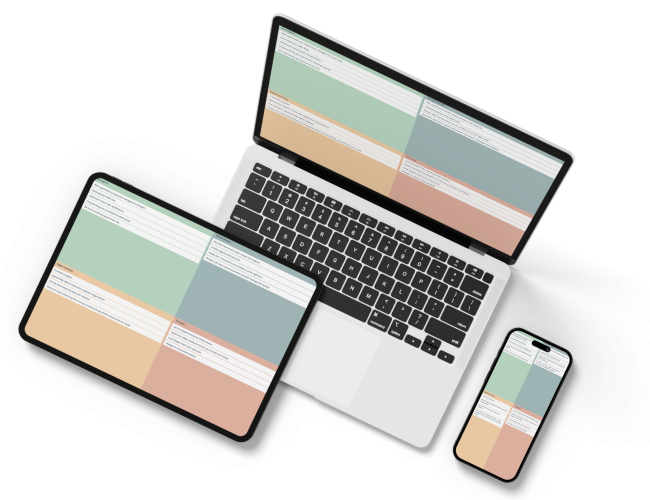
Save Effort, Time and Money with GroupMap
GroupMap offers more than just an online digital whiteboard—it’s innovative platform is designed to enhance the quality of your team’s decisions. With features that prevent bias and make facilitation seamless, GroupMap ensures no single voice dominates and ensures productive, inclusive conversations.
Its intuitive interface is easy for anyone to use, and its scalable design supports small teams and large groups whether they are face to face or around the globe. Customisable templates and workflows keep discussions focused on objectives, helping you drive actionable outcomes each and every time.
Create your first map and invite people in to start sharing their thoughts NOW.
Experience the power of GroupMap with our FREE 14 day trial.
Your free trial gives you access to all of our features, no credit card required.

